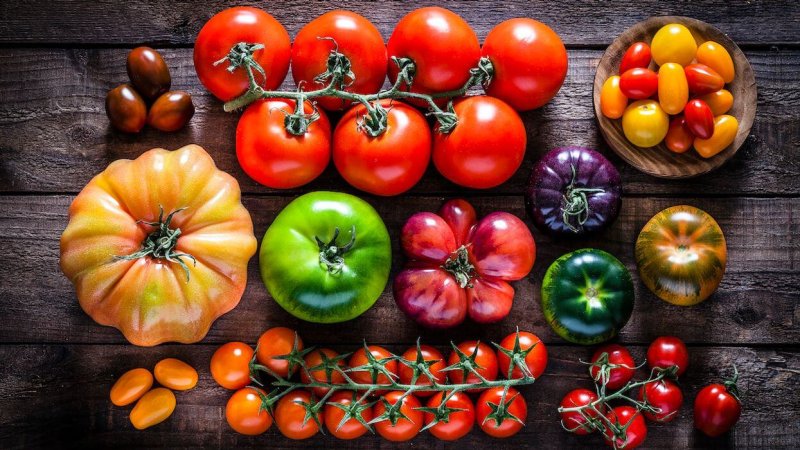The bushy tangle of elongated leaves and small red fruits were characteristic of a wild species of tomato plant native to Peru and Ecuador called Solanum pimpinellifolium, also known as the red currant tomato. A closer inspection, however, made the plant’s uniqueness more apparent.
This particular plant was more compact, with fewer branches but more fruits than the wild tomato. Its fruits were also a little darker than was usual, a sign of increased lycopene – an antioxidant linked to a lower risk of cancer and heart disease. It had, in fact, been designed that way.
The plant was created by geneticist Tomas Cermak and his colleagues with the use of Crispr gene editing, a Nobel Prize-winning technology which works like a “cut and paste” tool for genetic material. The technique is now revolutionising agriculture and helping create crops for the future.
Cermak himself is on a mission to find a perfect tomato, one that would be easy to cultivate, nutritious and tasty, yet more adaptable to a changing climate.
For Cermak’s climate-smart “ideal tomato”… legal hurdles paired with consumer hesitance, could prove a major obstacle.































